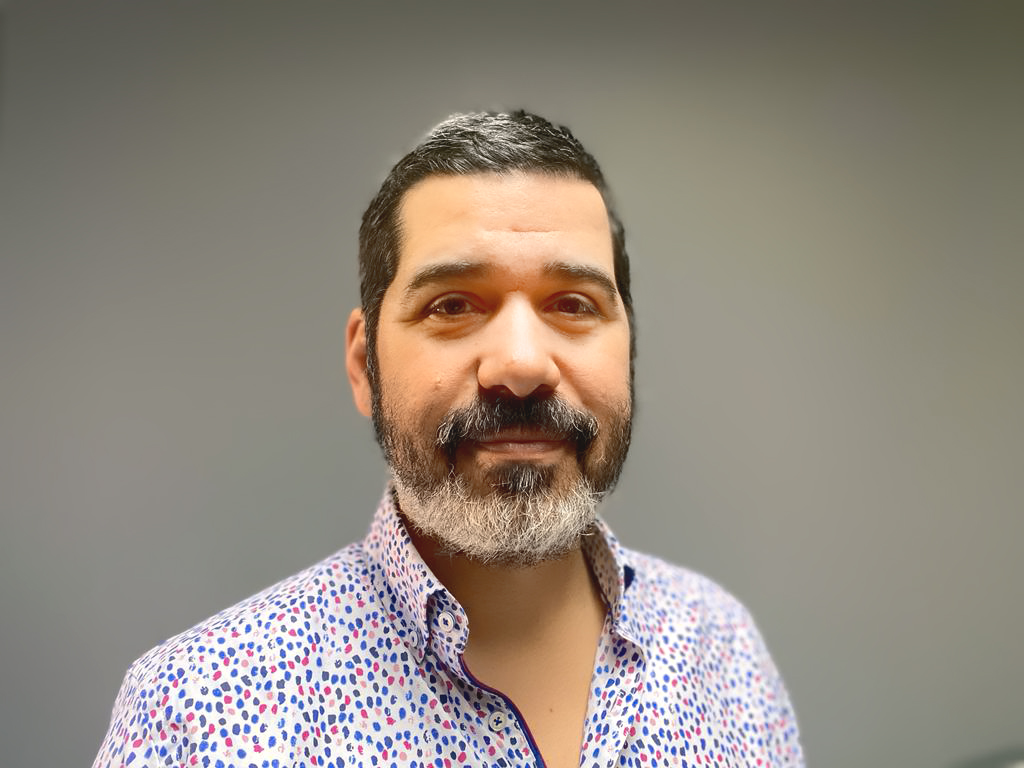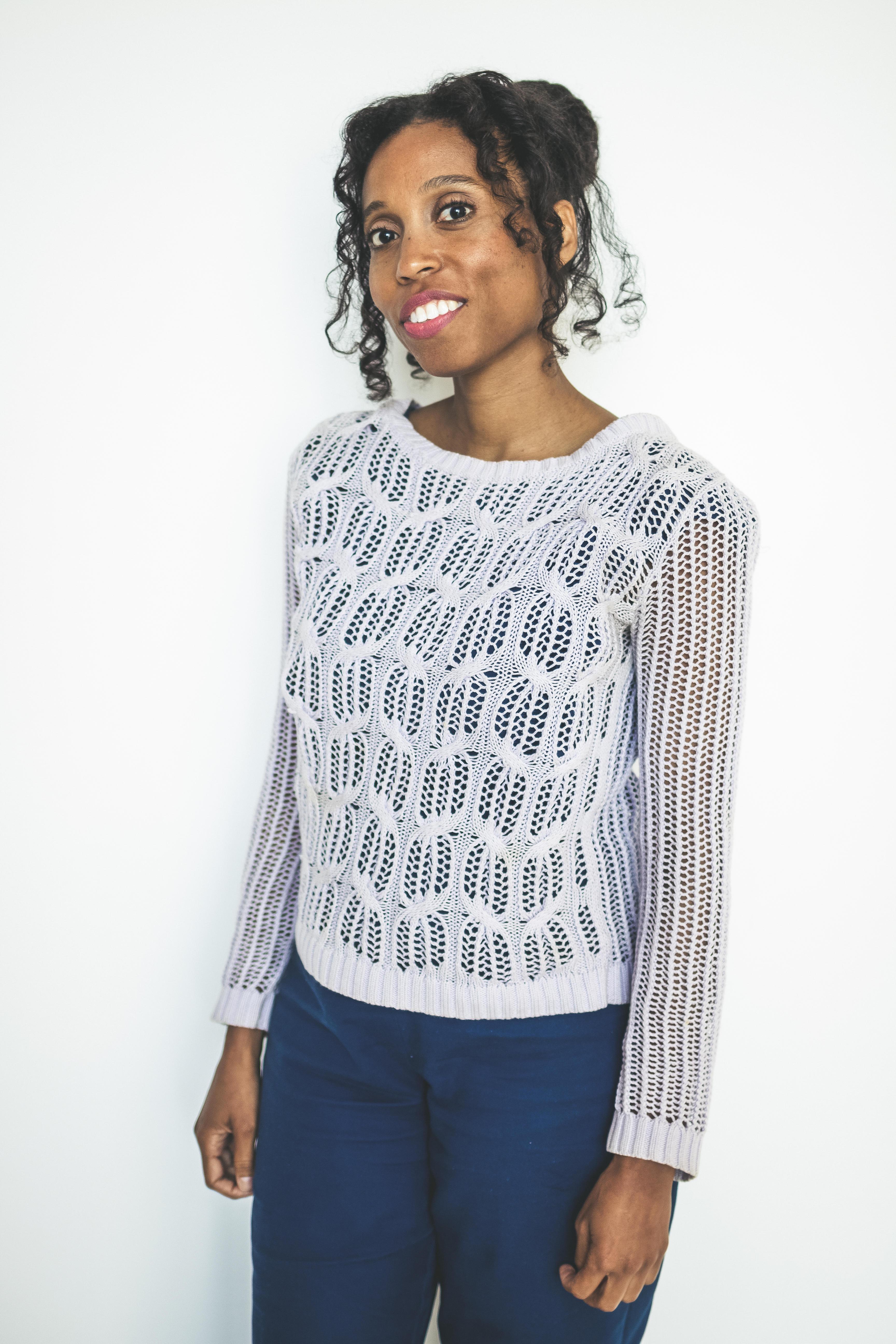
Highlight Interview: Digital Artist Carlo Diego Shares His Journey and Animation Industry Insight
A CUNY professor with a finger on the pulse of the animation and design industry, Carlo Diego Digital Artist and Animator at Borough of Manhattan Community College in TriBeCa, has been known to share his knowledge and create community for his students as an educator. I first learned about Professor Diego when I heard of his involvement with cutting edge Visual Effects (VFX) software Unreal Engine, which has been used in award winning films and TV shows like The Mandalorian and Dune: Part Two.
Nerissa: How did you get started?
Professor Diego: I loved art, I was a gamer and skater, I always liked tinkering with computers, and my teachers saw that. I was into graffiti, but I had not realized that technology was a tool that could be used for art.
Nerissa: How did you build off that curiosity?
Professor Diego: I went to School of the Future, a public High School across the street from Baruch College back in the 90s, where I was exposed to technology. My teachers saw that I went above and beyond what was expected in class and I was selected to participate in an NYU Tech program. I graduated and some time later went on to Lehman College which is where I was first introduced to animation. And I’ve been in front of a computer ever since.
Nerissa: What was your first digital art gig out of college and how did you get it?
Professor Diego: It was through relationships with my professors that I was able to get my first gig. It was for a company called Boom Gen. One of my professors called me up and asked me “How’s your After Effects?” I responded that it was great and he mentioned the opening. Boom Gen at the time was creating an interactive graphic novel that involved animation, full musical scores and sound effects.
Nerissa: Interesting, so a good thing for students to do is to have support from peers and others that could help them on their journey.
Professor Diego: You definitely have control of who your friends are, you may not have control over who you work with all the time, you should start looking for allies whether it’s at the job itself or in a community that’s based around whatever your art form is. You might not always get the chance to turn to the person sitting next to you in the office or studio and ask for help but if you can jump online and reach out to someone directly, I think that’s super helpful.
Nerissa: Getting back to your first gig, looking back do you have any advice for students and their first gig?
Professor Diego: I try to remind my students that they’re not just training to become animators or graphic designers. Your job first and foremost is as a problem solver and what tool you use to solve that problem is going to change from day to day When I was hired at Boom Gen, they did not tell me that the project did not involve any After Effects, it was all done in Unity, I learned on the job, and there were no YouTube tutorials back then. However, that sort of led to my eventual tie into Unity and then Unreal Engine.
Nerissa: Wow, Unreal Engine, considered the most cutting edge industry VFX software.
Professor Diego: Yes.
Nerissa: So there was a level of unpredictability when you were working at Boom Gen.
Professor Diego: Yeah, I would definitely say so.
Nerissa: For digital artistry and animation what do you think the industry is looking for in creative individuals?
Nerissa: ..quick side bar question. Who are the top industry leaders now?
Professor Diego: I would say Perception Studios, The Mill and Territory Studios, three studios to keep an eye out for.
Nerissa: Would you say students have the right idea of what it’s like to work in the industry?
Professor Diego: Not all of them, I think that we might romanticize and have this idyllic version of what it might be like to work in the industry. But as another professional digital artist mentioned on his podcast who I agree with, he reminds young artists to be prolific, create something new once a week, every day if you can and post it on Instagram. It’s a great way to be ready to create on demand which is what some studios want. Also I was listening to an episode of the School of Motion podcast where they were interviewing one of the founders – I believe the studio was BUCK if I’m not mistaken, when asked where he finds talent, he said Instagram. Apparently many companies look for talent on Instagram.
Nerissa: What do you think some students are missing to get ahead?
Professor Diego: Written and verbal communication skills- you might be working remotely, and have to articulate issues correctly to your creative director, so pretty much the ability to translate whatever is in your head about a problem succinctly and clearly.
Nerissa: What would you say are some great CUNY programs for animation?
Professor Diego: For two-year, the BMCC Animation and Motion Graphics concentration. Also within CUNY, I know Lehman College has an animation program, I went to it. I know City College and New York Institute of Technology also have courses in animation. There might not be an animation program or department – I think that’s one of the challenges sometimes is that the major might fall under another program, and it’s not always clear that a particular school has animation classes, but if you live in a certain borough and you can type in a school and ‘animation’ as a Google search that will tell you whether or not that school has an animation program.
Nerissa: Can you talk about student success stories?
Professor Diego: One of the first students that come to mind is Kennedy Freeman, a graduate from BMCC’s Animation and Motion Graphics program who went on to roles at Disney, TVA, Dreamworks and Titmouse Animation after completing a 4 year program at Savannah College of Art and Design. She’s since started her own studio. Also a lot of BMCC students have continued on to FIT.
Nerissa: Thank you for taking time to interview and answer these questions!
Professor Diego: My Pleasure.
Professor Carlo Diego teaches 3D Animation, Motion Graphics, and Digital Graphic Design at CUNY’s Borough of Manhattan Community College in TriBeCa NYC. He has worked as a designer and animator in the NYC area for over 20 years, focusing on transmedia projects that embrace a multidisciplinary approach. He received his MFA in Digital Media from Lehman College.
As a Texas-born, NYC-raised Mexican American, Professor Diego’s work pushes the limits of DIY storytelling, blending cutting-edge tools with imaginative design to build immersive, cinematic worlds. He combines AI, GPU rendering, and Unreal Engine to craft multimedia installations, short films, and 3D sci-fi worlds inspired by the works of Simon Stålenhag, Syd Meade, Ralph McQuarrie, and Hugh Ferriss.

About the Author
Nerissa Theobald is an emerging Brooklyn based filmmaker. She is currently a student at CUNY Borough of Manhattan Community College. Her previous work includes Secrets of New York, Electroplume, and The Day Dream. Nerissa’s work has been screened at the BRIC Media Arts Ballroom, The New York Public Library Studio Showcase, and the BMCC Film Festival. On her free time she enjoys cooking, travel, bike riding and watching classic films.


